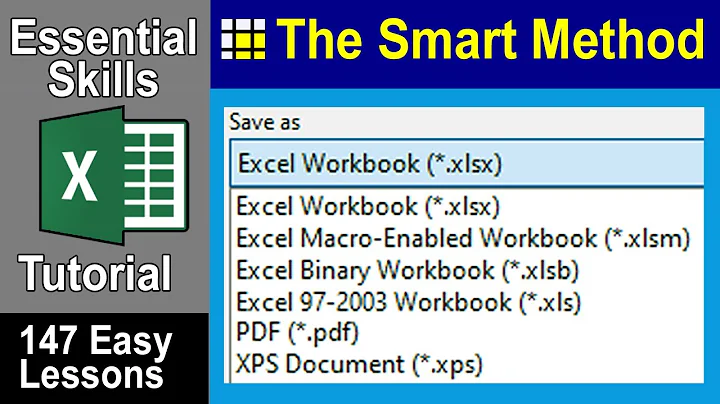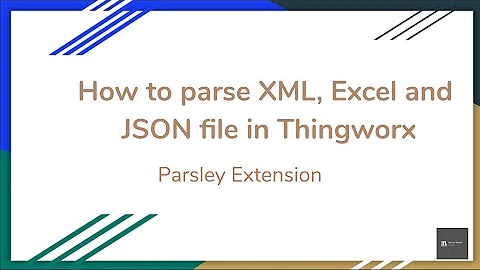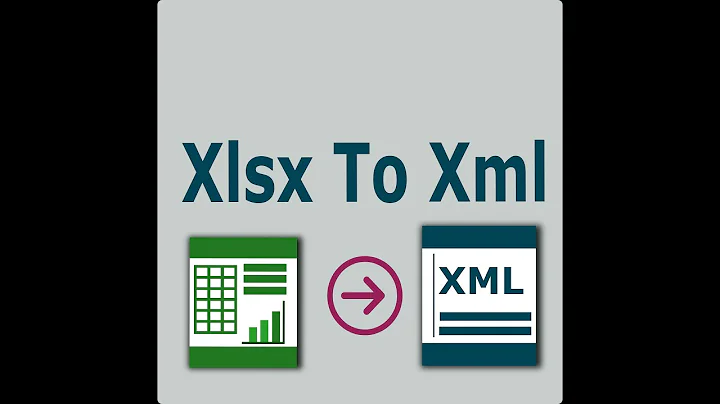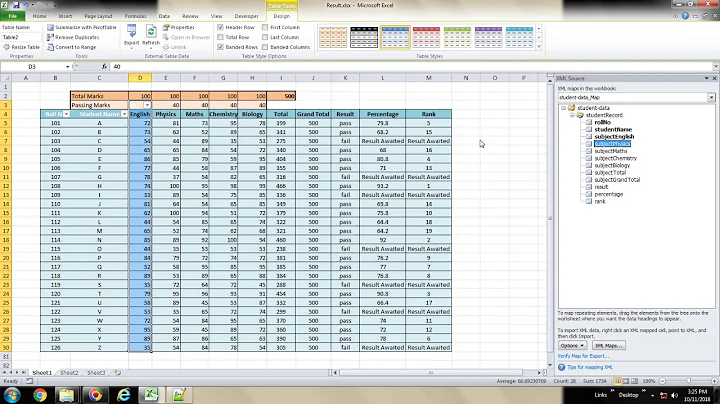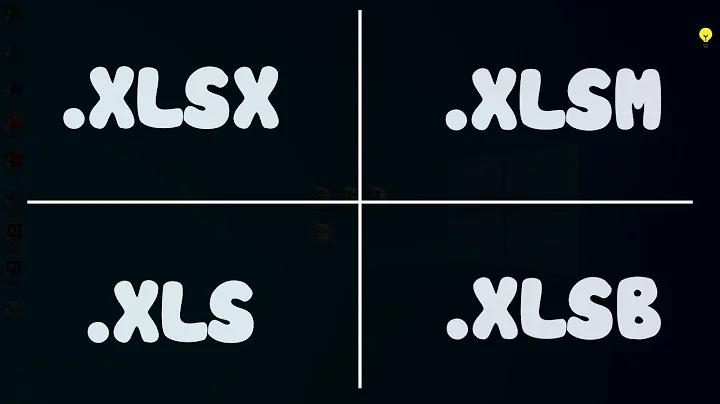Looking for a clear description of Excel's .xlsx XML format
Solution 1
This PowerPoint deck, entitled "SpreadsheetML Basics", from Microsoft, provides a good overview. It is a 30-page presentation including diagrams, and it is not practical to include its contents here.
Four different stackoverflow reviewers have jumped on this post to delete it because the stackoverflow policy objects to simple links. I do not think that is appropriate to this question, because this document is exactly what has been requested. However I cannot be bothered to spend more time on it and (for example) spend an hour trying to summarise some portions to make them happy. If they want to delete again, then good luck to them.
Solution 2
This is an old question -- but the Excel XML (ISO/IEC 29500) standard is now well documented in varying degrees of detail. For example see this and this and parsing discussion here.
Related videos on Youtube
none
Updated on May 04, 2020Comments
-
none almost 4 years
Microsoft Excel's ".xlsx" files are zip files that each contain a set of files.
Could someone please provide a link that concisely describes the full structure/syntax/markup/format of the embedded
.xmlfiles (the headers are less interesting)?For example, it's hard to find online explanations on what the
c,t, andselements represent.-
Matti Virkkunen about 13 yearsThe documentation for all ms office files can be found here.
-
 Jimmy about 13 yearsThis document has some of the more Excel specific markup used in the files MS-XLSX
Jimmy about 13 yearsThis document has some of the more Excel specific markup used in the files MS-XLSX -
Nic Gibson about 13 yearsHave you seen Microsoft Office XML Formats and Office Open XML ? Both of these links contain reference links to the content you probably want.
-
none about 13 yearsyes , i googled it a lot. nothing useful
-
Nic Gibson about 13 yearswhat did you google for? I think you might be looking up the wrong things.
-
Sam Watkins almost 12 yearsI agree with the OP, this format is not well documented. It's a reasonably simple format (in essence at least), but I could not find any decent tutorial-style documentation. Was able to figure out myself, with a bit of help from stackoverflow. Did not bother to read offical docs since they are ridiculously large, must have been written by complete chuckle-heads. I might blog on it, then link to my post here as a preferable answer.
-
Vladimir Grigorov over 11 years
-
-
cesss over 6 yearsIt's almost 2018, and the claims by the OP are still true, IMHO. If you want to write a XLSX parser, you don't want to read the several-thousand pages specification. And the other links you posted are quite incomplete (no mention of the "f" value for formulas, for example). A fairly complete description of the XLSX format could be written in 10 pages or so (at least containing all the fields and values for the 95% of XLSX files out there). But there's no such document (at least I didn't find anything close to it).
-
Biju almost 5 yearsI have a related problem. I have generated an Open XML document using Ruby on Rails. I am able to open the generated XML in notepad and view the XML which looks all good. But I am not able to open it in Excel software. Would you be able to help me with this please? I have posted the issue in detail here - stackoverflow.com/questions/56038034/…
-
Biju almost 5 yearsIf you could ignore the Ruby on Rails aspect and just give some pointers as to how to save an Open XML document as Excel, that'd be VERY helpful starter! Currently I have no clue what am missing.
-
Biju almost 5 yearsIn simple words, how do I open an Office XML document in Excel software?
![Excel Tutorial: Excel file extension xls, xlsx, xlsm, xlsb, xps, pdf [Tutorial]](https://i.ytimg.com/vi/GoL8UDayNy8/hq720.jpg?sqp=-oaymwEcCNAFEJQDSFXyq4qpAw4IARUAAIhCGAFwAcABBg==&rs=AOn4CLBXtoKoUE6q16HDk6sMt3P8j2nOmw)

